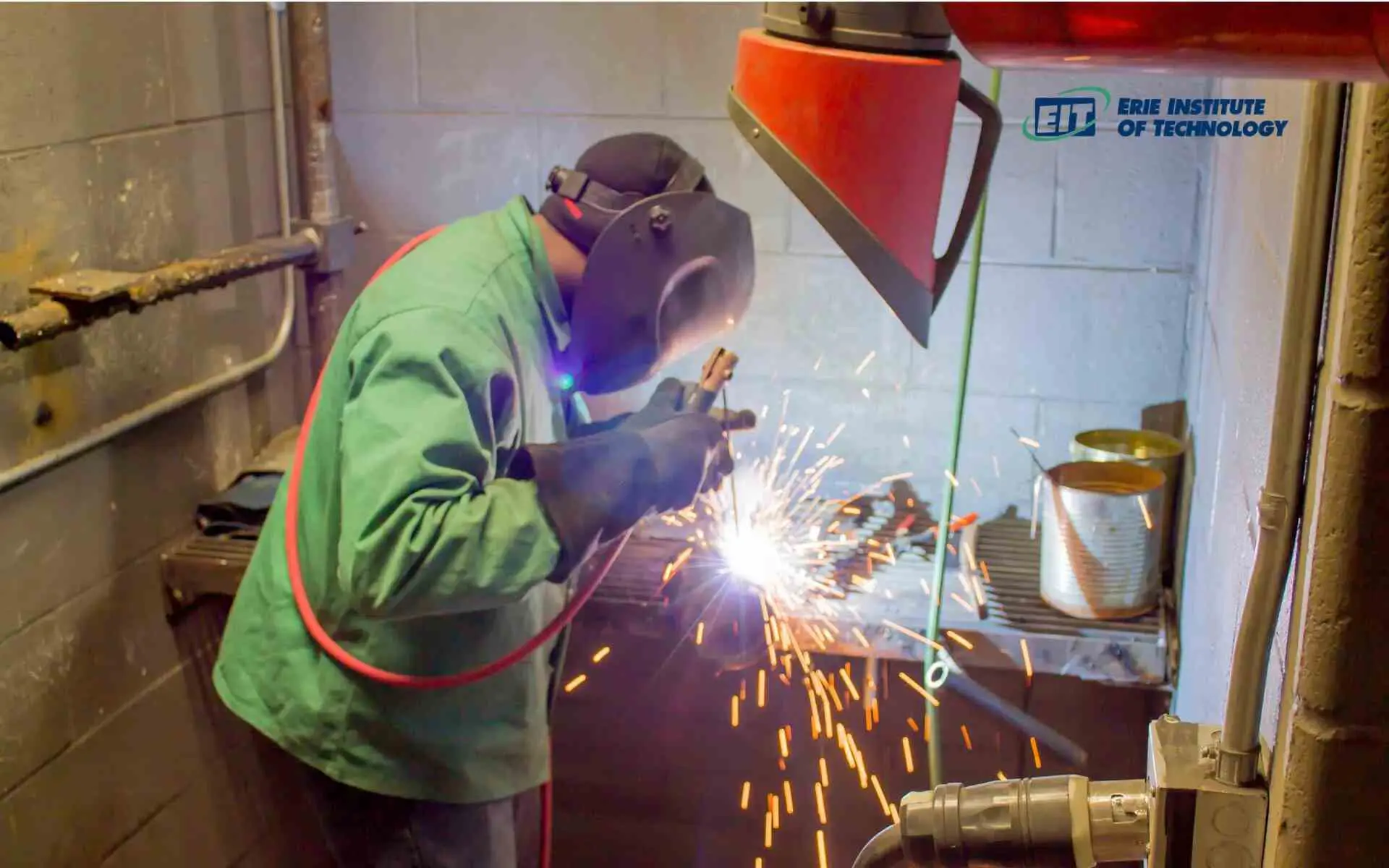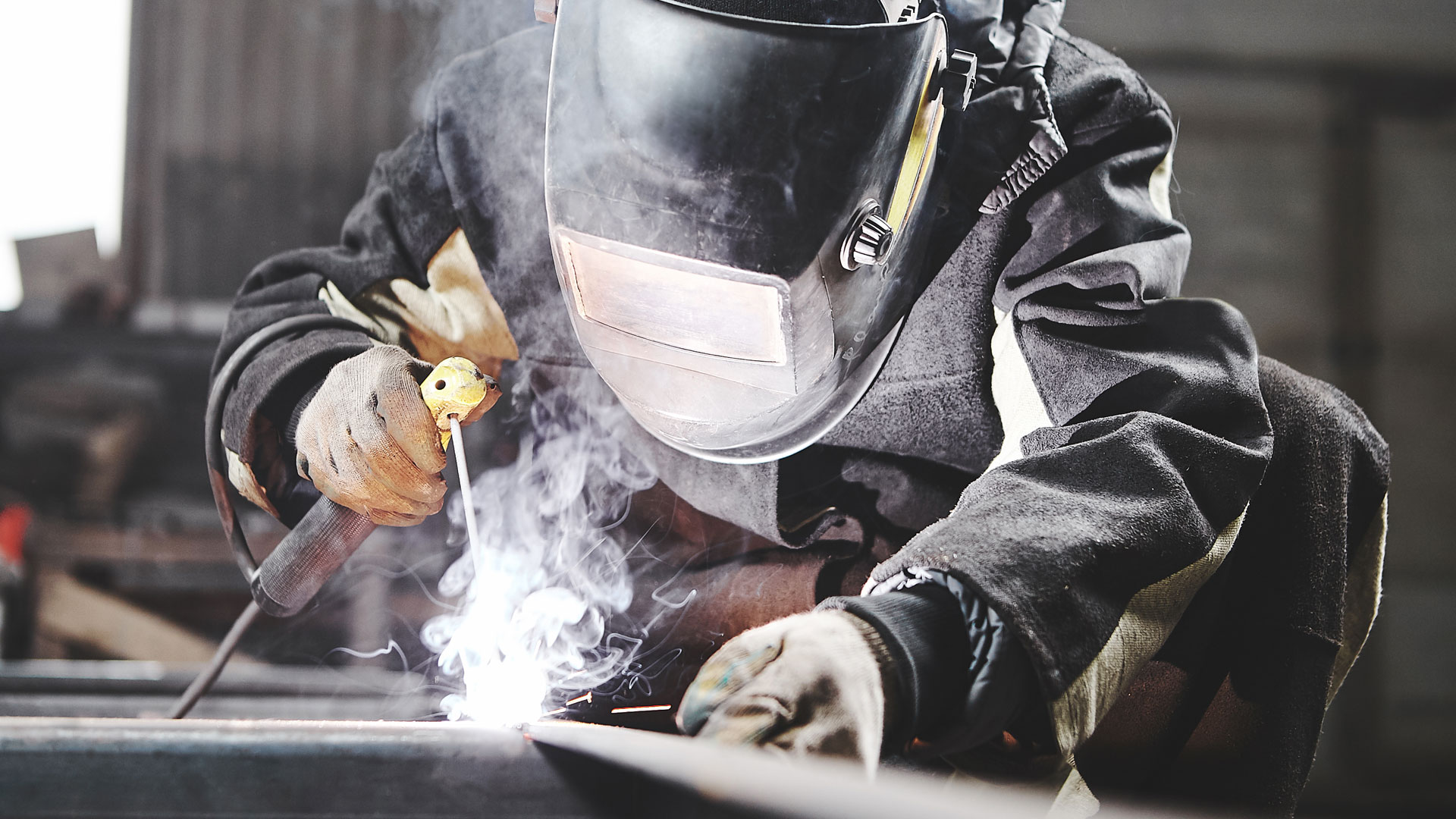Welding WPS Explained: Key Parts and Conveniences for Your Welding Processes
Welding WPS Explained: Key Parts and Conveniences for Your Welding Processes
Blog Article
The Ultimate Overview to Welding WPS Procedures: An Extensive Review for Welders
In the complex world of welding, Welding Treatment Specifications (WPS) serve as the foundation of guaranteeing quality, consistency, and safety in welding operations. Recognizing the subtleties of developing, executing, and monitoring WPS procedures is essential for welders looking to elevate their craft and satisfy industry standards. As we dig into the different parts of a WPS and discover the details of qualification and qualification, we will uncover the important function these procedures play in the world of welding. Allow's start a journey to decipher the complexities and importance of WPS treatments in welding methods.
Importance of WPS Procedures
Understanding the value of Welding Procedure Requirements (WPS) procedures is essential for ensuring the quality and stability of welded frameworks. WPS treatments act as a roadmap for welders, describing the necessary steps, criteria, and products required to accomplish an audio weld. By sticking to WPS standards, welders can ensure consistency in their job, causing structurally audio and dependable welds.
One of the main reasons why WPS treatments are crucial is their function in maintaining weld top quality and honesty. Complying with the specified welding specifications and strategies laid out in the WPS assists protect against flaws such as porosity, splitting, or insufficient combination, which can jeopardize the stamina and durability of the weld. Additionally, WPS treatments are crucial for making sure compliance with sector criteria and codes. By adhering to well-known WPS guidelines, welders can demonstrate that their work meets the essential requirements for safety and security and quality, providing guarantee to clients, assessors, and governing bodies. In essence, the relevance of WPS treatments can not be overstated, as they are basic to attaining regular, top quality welds that satisfy industry standards and specifications.

Elements of a WPS
A Welding Treatment Spec (WPS) commonly makes up vital parts that detail the details requirements for implementing a weld, making certain uniformity and high quality in the welding procedure. The crucial components of a WPS consist of crucial variables such as base steels, filler metals, preheat and interpass temperatures, welding processes, securing gases, welding positions, and post-weld warm therapy demands.
Base steels refer to the products being signed up with, while filler metals are utilized to fill up the gap in between the base metals throughout welding. Preheat and interpass temperature levels are vital for controlling the warm input and preventing concerns like breaking or distortion. The welding procedure details the specific strategy to be made use of, whether it's gas metal arc welding (GMAW), secured metal arc welding (SMAW), or an additional technique. Securing gases protect the weld swimming pool from climatic contamination. Welding placements specify the positionings in which welding can be done. Post-weld heat therapy might be required to eliminate tensions and boost the weld's homes. An extensive understanding of these components is crucial for developing a effective and extensive WPS.

Qualification and Accreditation
Having actually established the important components of a Welding Procedure Specification (WPS), the emphasis now moves in the direction of the important facets of credentials and qualification in welding methods.

Qualification, on the various other hand, is the formal acknowledgment of a welder's credentials by an appropriate qualification body or organization. Welding certifications are generally based upon the certain welding processes, materials, and positions a welder is certified to deal with. Holding a legitimate More Info welding accreditation demonstrates that a welder fulfills market requirements and is competent to do welding tasks to the called for specs.
Producing a WPS
To establish a Welding Procedure Spec (WPS) that meets market criteria, cautious consideration of welding processes, materials, and functional specifications is necessary. The first action in developing a WPS is to determine the welding procedure to be used, such as gas metal arc welding (GMAW) or protected steel arc welding (SMAW)

Implementing and Keeping Track Of WPS
Upon completing the thorough Welding Procedure Spec (WPS) that carefully information welding processes, materials, functional specifications, and high quality guarantee procedures, the emphasis changes to efficiently implementing and checking the established procedures. Application involves ensuring that all welders entailed in the job are acquainted with the WPS and follow it diligently during the welding procedure. Reliable application and surveillance of the WPS are crucial for ensuring the honesty, stamina, and safety of the welded joints, eventually contributing to the overall success of the welding job.
Verdict
To conclude, understanding and complying with Welding Procedure Specifications (WPS) is important for welders to guarantee high quality, uniformity, and safety and security in their job. By recognizing the parts of a WPS, obtaining proper credentials and accreditations, creating comprehensive treatments, and implementing and checking them efficiently, welders can enhance their skills and proficiency in welding methods. Sticking to WPS treatments is necessary for creating premium welds and conference sector criteria.
In the intricate world of welding, Welding Treatment Requirements (WPS) offer as the backbone of guaranteeing quality, consistency, and security in welding operations. The welding procedure details the certain technique to be used, whether it's gas steel arc you could check here welding (GMAW), shielded steel arc welding (SMAW), or another approach.To establish a Welding Treatment Spec (WPS) that satisfies sector standards, mindful consideration of welding processes, materials, and operational specifications is vital. The first step in developing click here for more info a WPS is to recognize the welding process to be utilized, such as gas steel arc welding (GMAW) or protected steel arc welding (SMAW)Upon settling the comprehensive Welding Procedure Specification (WPS) that diligently details welding procedures, materials, operational specifications, and high quality guarantee actions, the focus shifts to efficiently carrying out and checking the well-known treatments.
Report this page